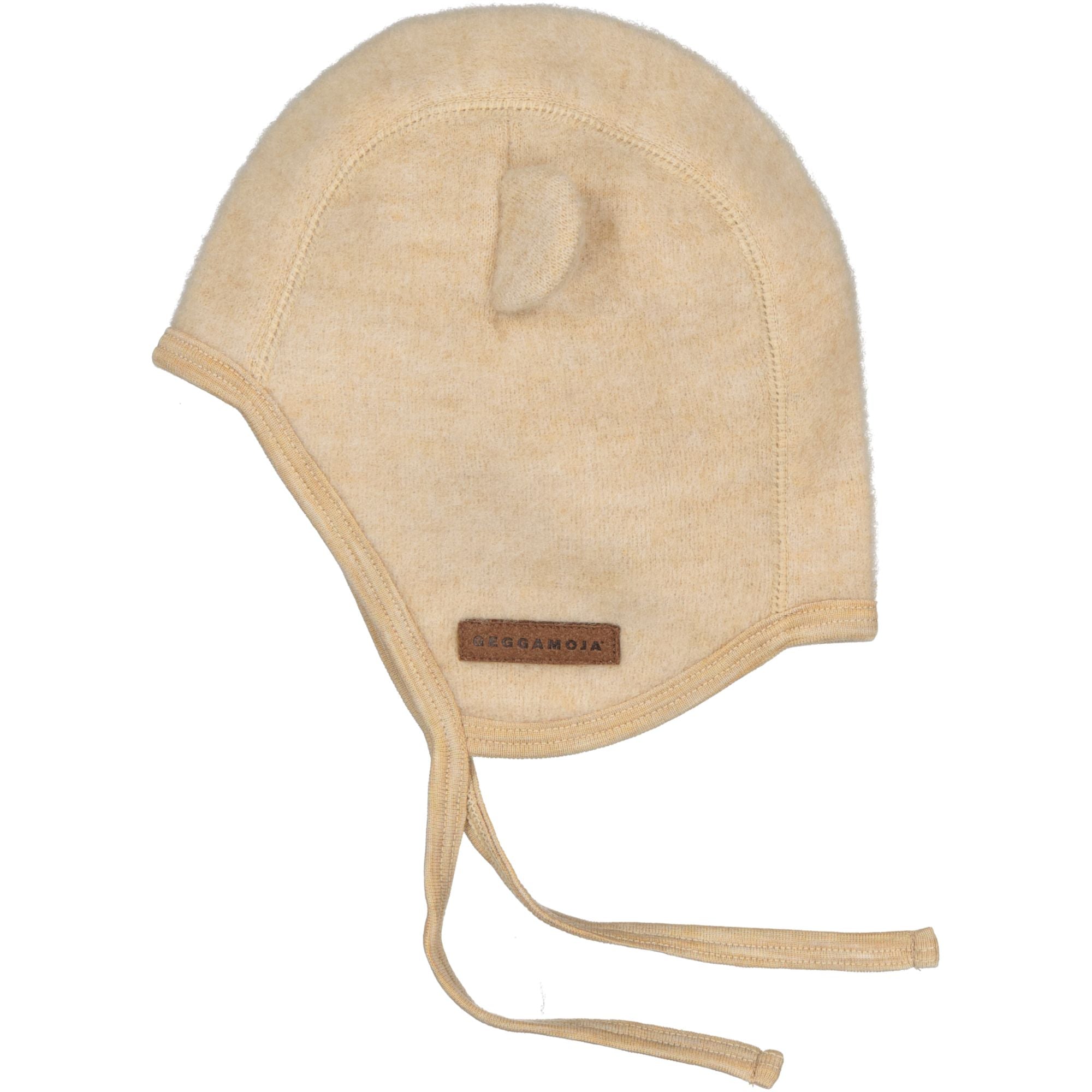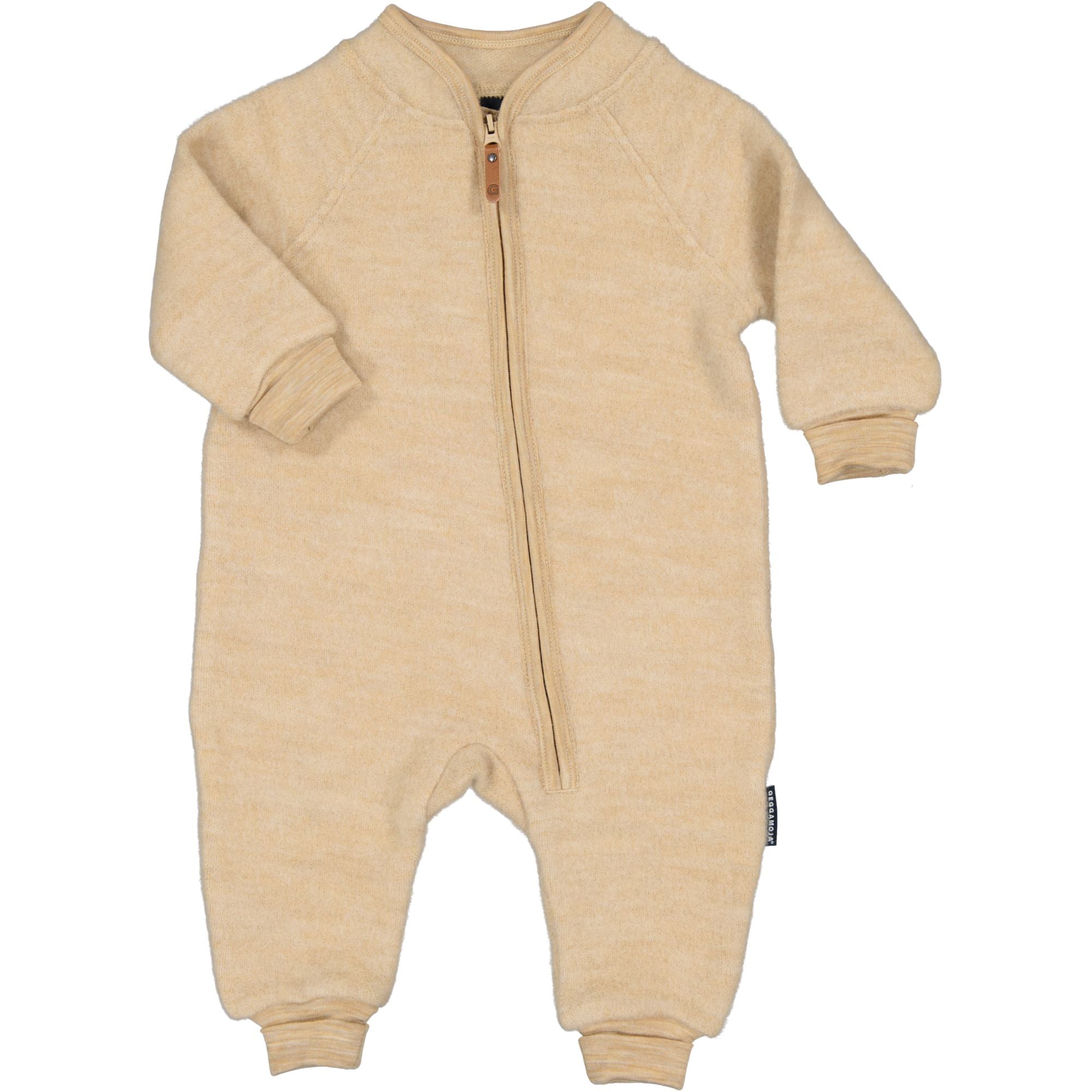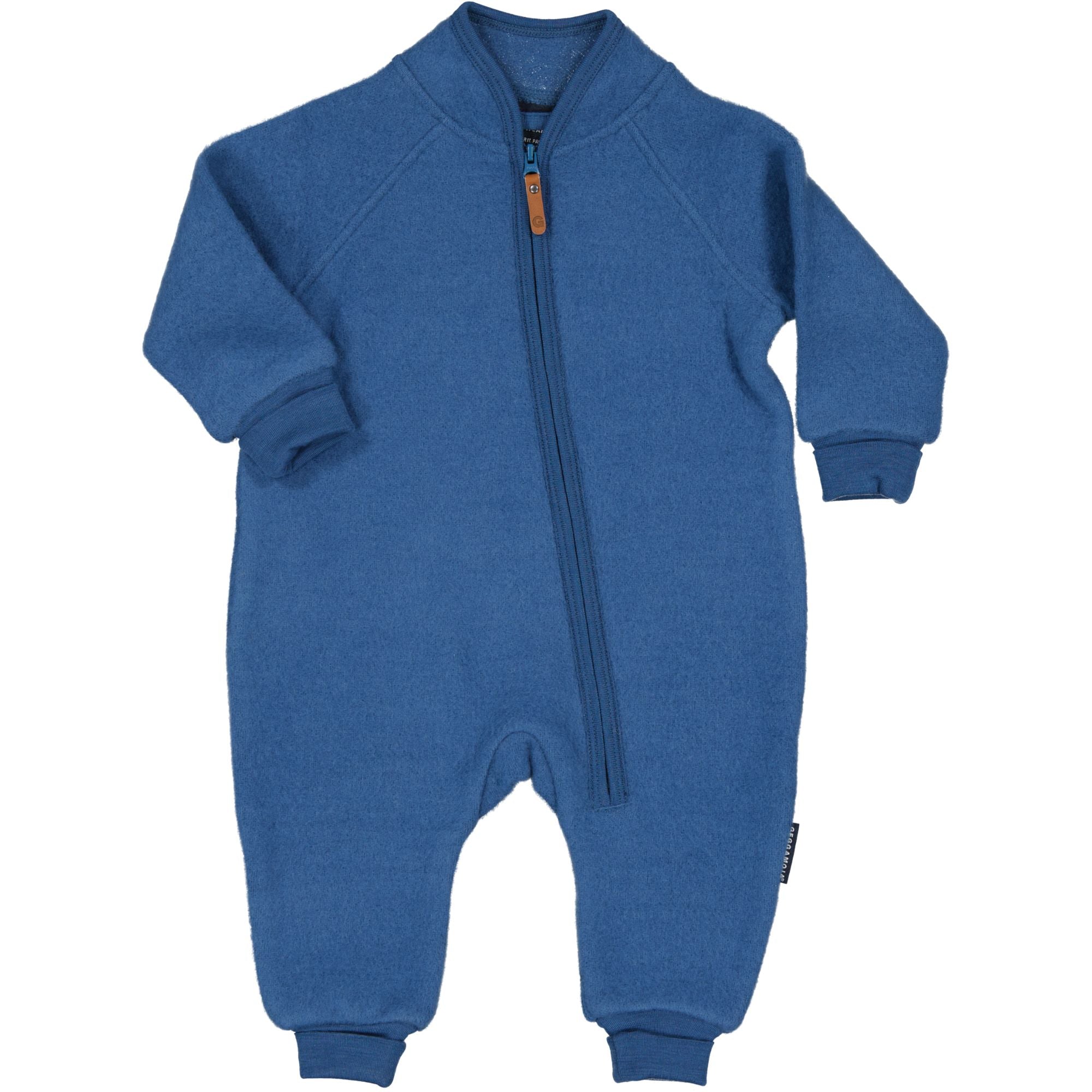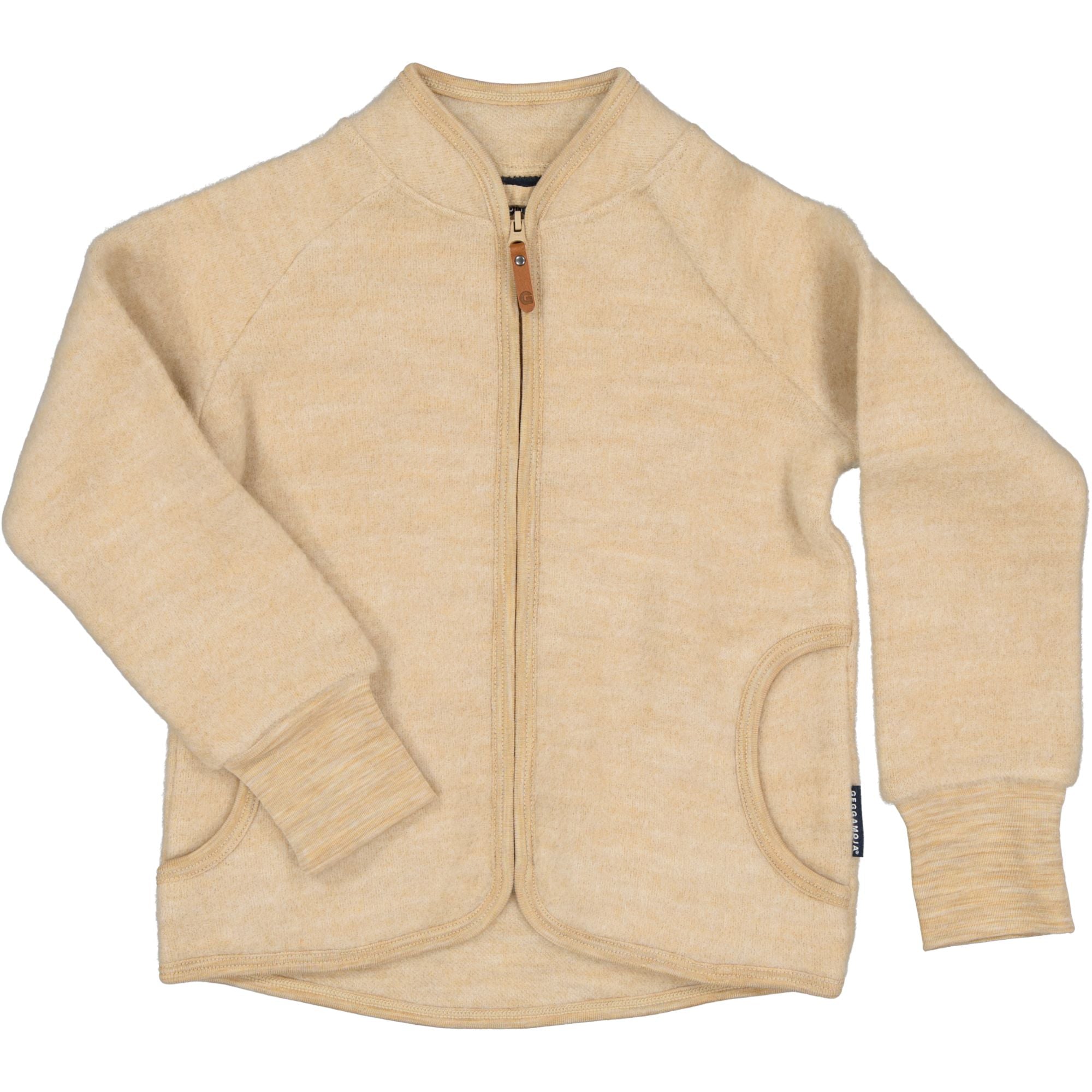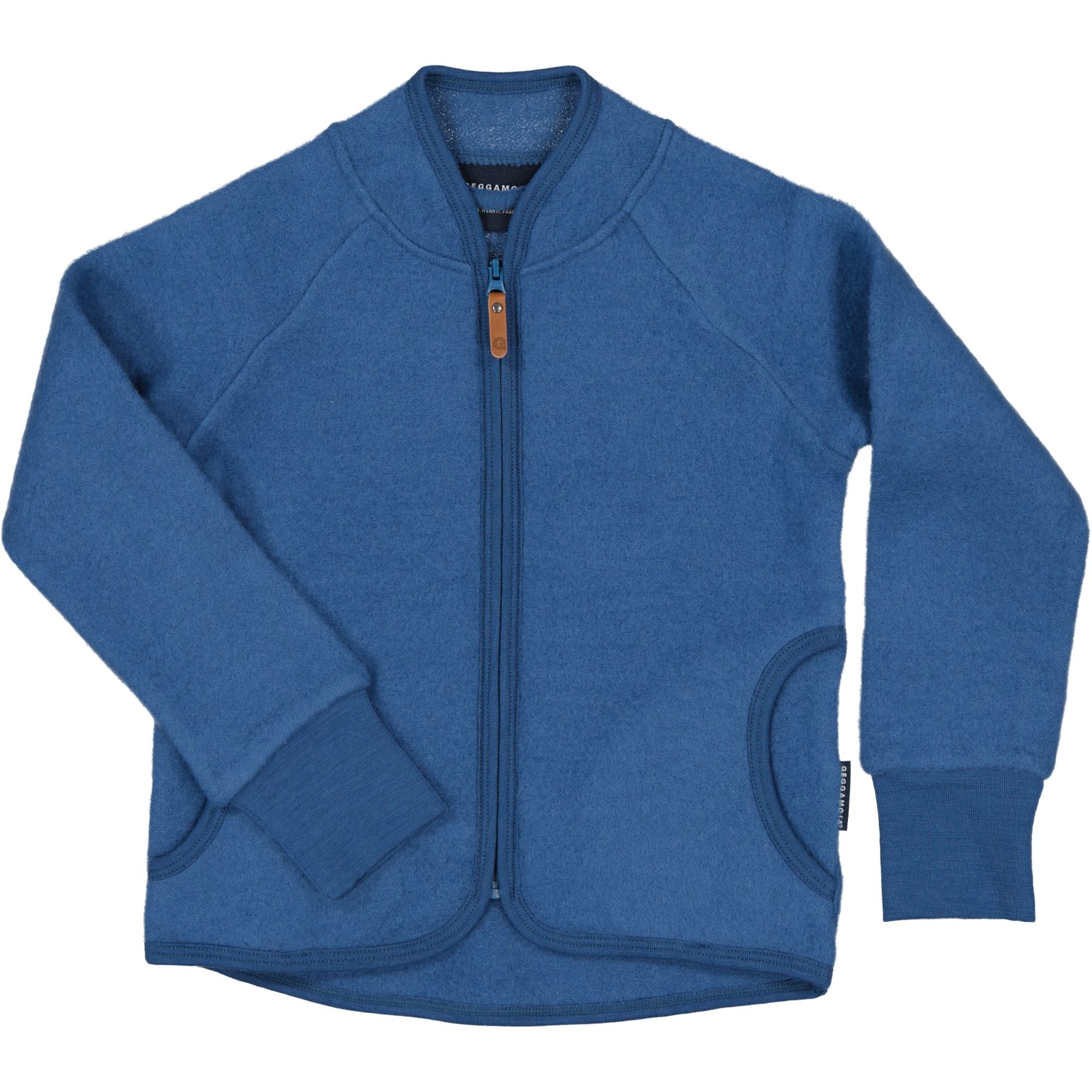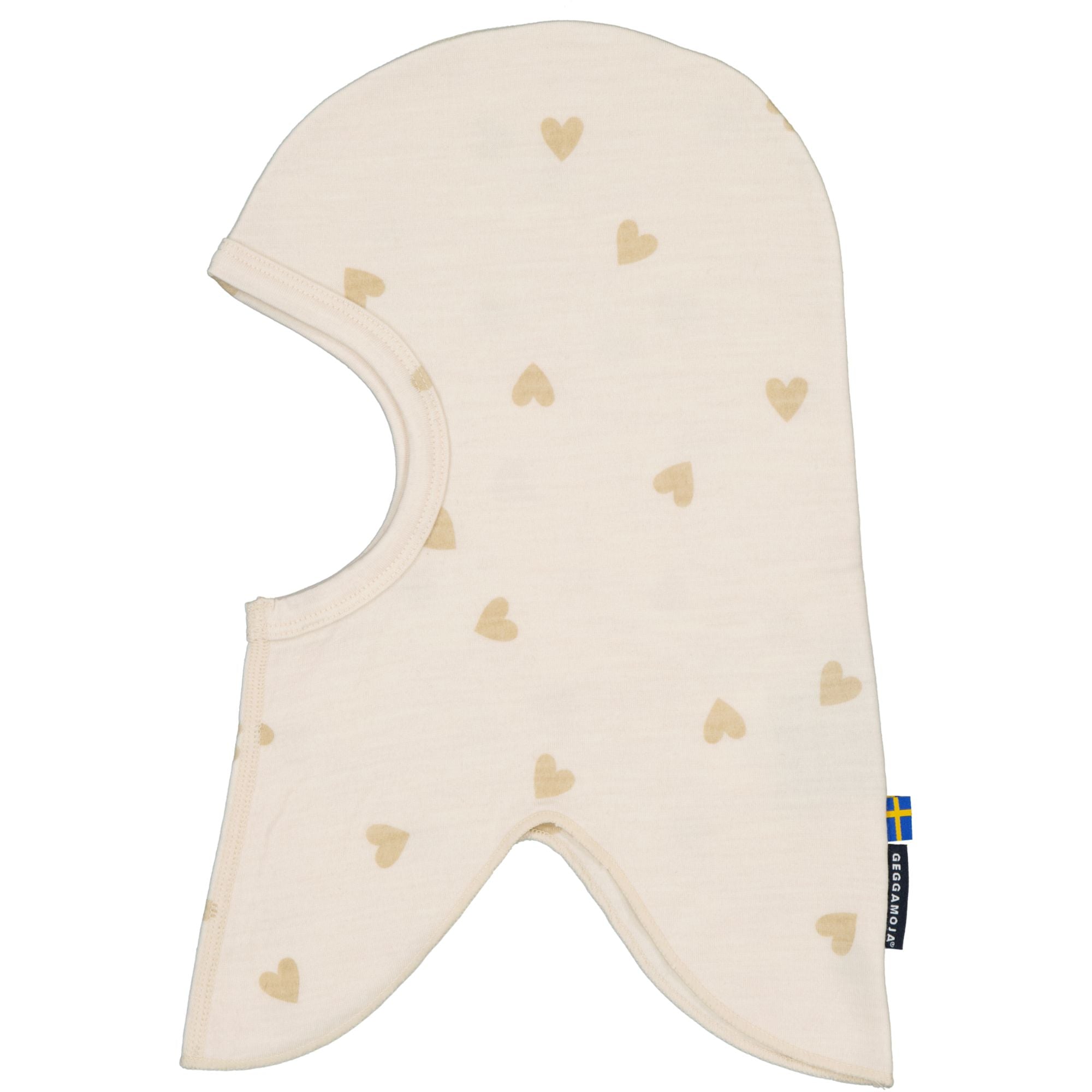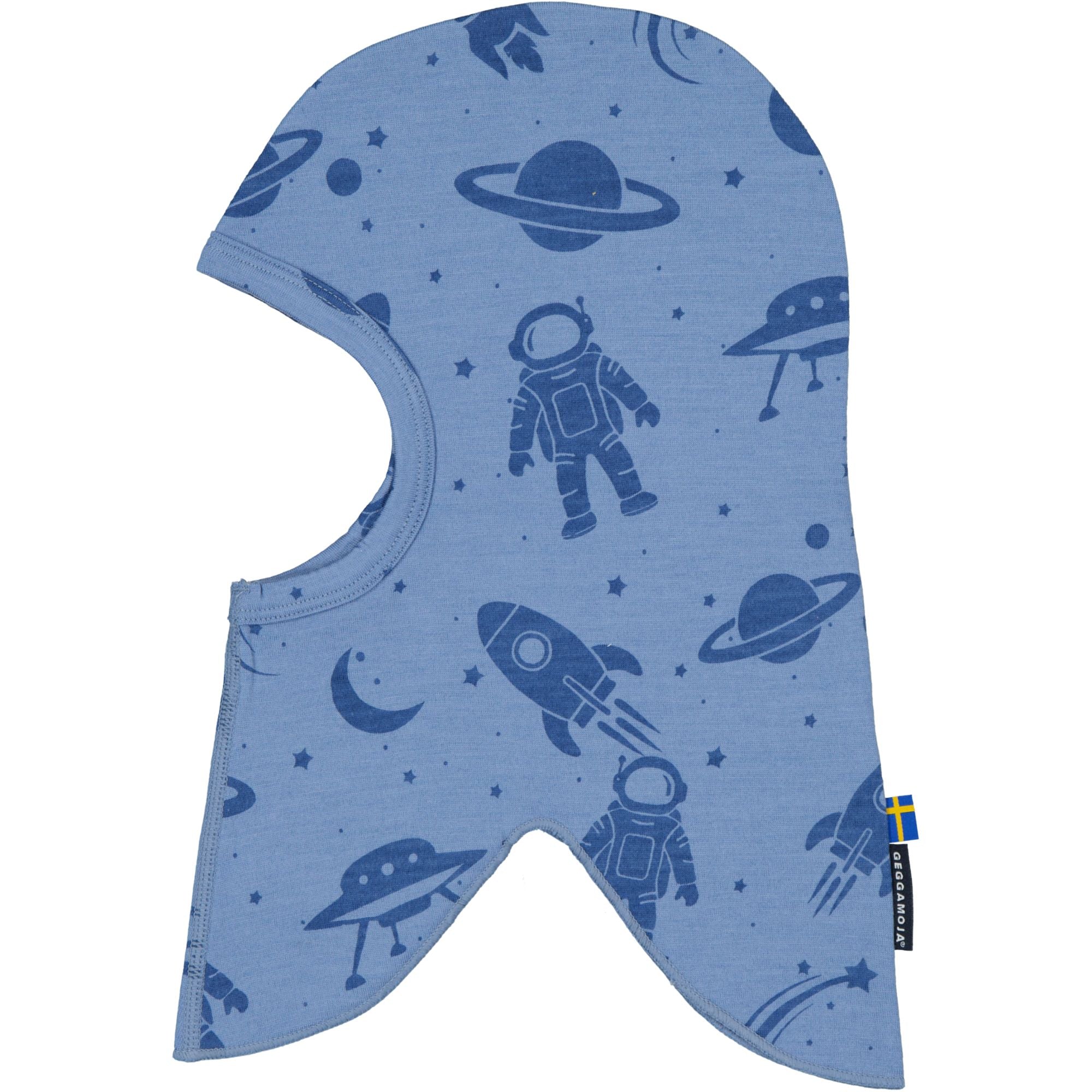What is merino wool?
Wool is a collective term for the fur from goats, sheep, llamas, and alpacas. Merino wool specifically comes from merino sheep that live in mountainous areas, where they are exposed to both winter cold and high heat. Since the wool never stops growing, the sheep need to be sheared to stay healthy, which usually happens once a year. Fluffy giant skeins are then shipped to spinning mills where the combed wool is twisted into threads and placed on large spools. When the yarn is ready, it is time to produce garments, where knitting is the technique used to create our merino wool garments that are completely mulesing-free.
3 advantages of merino wool - why choose it?
1. The unique thread - Wool is a very popular material with unique properties. Therefore, it is not surprising that people already 10,000 years ago used wool to create clothing. The special fibers of wool are resilient and stretchy, which means they keep their shape for a long time while the garments do not wrinkle. Additionally, it is environmentally friendly and with proper care has a long durability.
2. Say goodbye to smelly activewear - The first thing many think of when it comes to wool garments is that they keep you warm - and that is absolutely true! Merino wool, however, is a natural material with the unique property of being able to bind both water and air. This means that wool keeps you warm even when it gets damp. Clothes made of merino wool are therefore suitable for both play and sports activities, mainly because you feel dry and avoid freezing thanks to the material's ability to absorb moisture. Moreover, merino wool has both antiseptic and antimicrobial properties, which means the growth of bacteria is inhibited. In other words, you do not need to worry about the garment smelling.
3. Itch-free material in wet and cold - Merino wool is also a material known for its softness which, thanks to its fine fibers, feels completely "itch-free". Geggamoja's merino wool garments, for example our popular wool base layer, are therefore perfect as layer 1 closest to the body. Whether it is a day on the ski slopes, preschool, or why not the hockey rink, the wool garments work perfectly.
How do I wash and care for my merino clothes?
Wool should not be washed too often - save water and instead air out the wool garments. If stains have appeared, you can use a gall soap for spot cleaning. If needed, wash wool garments at 30 degrees on the wool program in the washing machine or by hand. Remember to use wool detergent specially designed not to damage the fine fibers of the wool. When drying the garments, it can be good to dry flat instead of hanging on a hanger, mainly to avoid the risk of the garment losing its shape. If you treat your wool garments with care, you will have wool clothes that can keep you warm year after year.
What does it mean that the merino wool is mulesing-free?
Mulesing is a procedure performed on merino sheep to prevent flystrike, as their wrinkled skin tends to be attacked. The procedure involves scalping the sheep's hindquarters, which is a painful process often done without anesthesia and is very traumatic for the sheep. Mulesing-free merino wool means that this method has not been used on the sheep from which the wool comes. We at Geggamoja strongly oppose painful animal treatment and therefore ensure that our manufacturers only use wool that is mulesing-free.
Woolmark
The Woolmark label within wool clothing is a globally recognized symbol that guarantees the garment meets strict quality standards for pure wool. It is a certification given by The Woolmark Company, and it ensures that the product consists of 100% pure, untreated wool, or if it is a blend, that it contains a high proportion of pure wool.
Woolmark certification means:
1. Quality: The garment is made from high-quality wool, often merino wool, and has undergone rigorous tests for durability, shrink resistance, colorfastness, and other quality factors.
2. Pure wool: The label guarantees that the wool is 100% natural, renewable, and biodegradable.
3. Treatment standards: Products with the Woolmark label meet strict requirements regarding how the wool has been handled and processed, ensuring that the wool has not been damaged or mixed with lower quality or synthetic materials.
In summary, the Woolmark label is a symbol of trust and quality when it comes to wool products, ensuring that consumers receive a reliable and sustainable garment.
Learn more about Woolmark here
Is Geggamojas wool treated with Superwash?
"Superwash" on wool clothing refers to a chemical treatment or mechanical process that makes wool machine washable without shrinking or felting. This is usually done by removing or covering the outer layer of the wool fibers, which consists of small scales, with a synthetic layer (usually chlorine and polymers). The scales on untreated wool otherwise hook into each other during washing, causing shrinkage and felting.
Geggamojas wool clothing is NOT treated with this, because:
1. Environmental impact: The Superwash treatment uses chemicals like chlorine to remove the scales from the wool fibers, and this can be harmful to the environment if not handled responsibly. Chlorine waste can cause pollution of water sources.
2. Lost natural properties: The wool's natural ability to breathe, regulate body temperature, and resist odor can be affected by the Superwash treatment. The treatment changes the natural structure and feel of the wool, which can reduce some of the benefits that untreated wool offers.
3. Synthetic coating: In some cases, the wool fibers are coated with a synthetic polymer to make them machine washable. This can reduce the wool's biodegradability and make it more like synthetic materials, which are not as environmentally friendly.
We hope you appreciated this guide and have now learned more about merino wool. Also take the opportunity to read our guide about bamboo.



